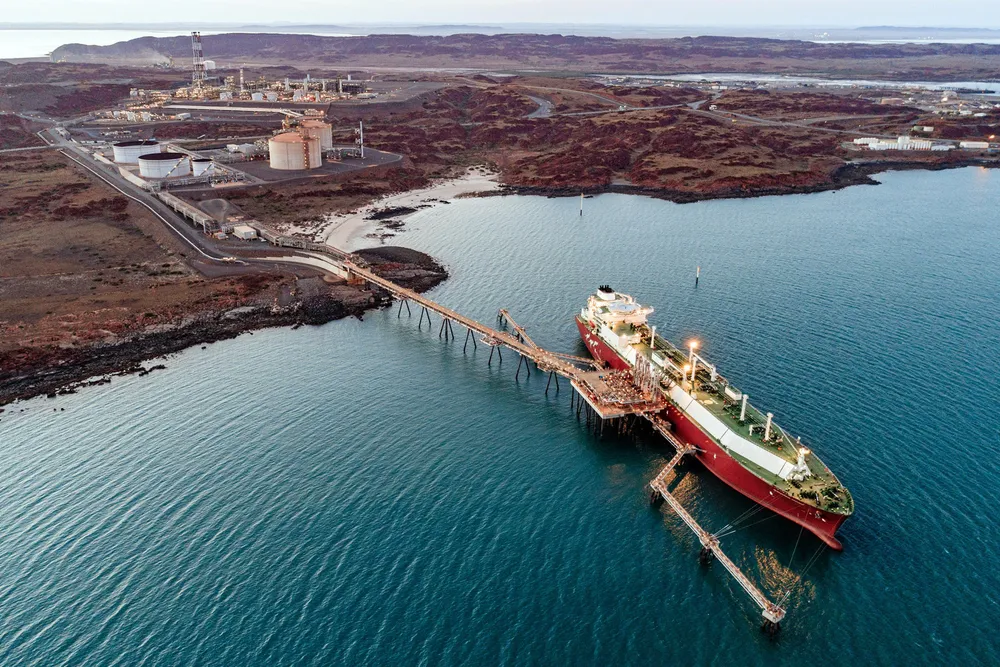Woodside approves $12bn Scarborough LNG development as it pushes ahead with BHP merger
Final investment decision taken on offshore gas development and Pluto LNG expansion train as Woodside also signs binding deal to acquire BHP's petroleum division

Final investment decision taken on offshore gas development and Pluto LNG expansion train as Woodside also signs binding deal to acquire BHP's petroleum division
